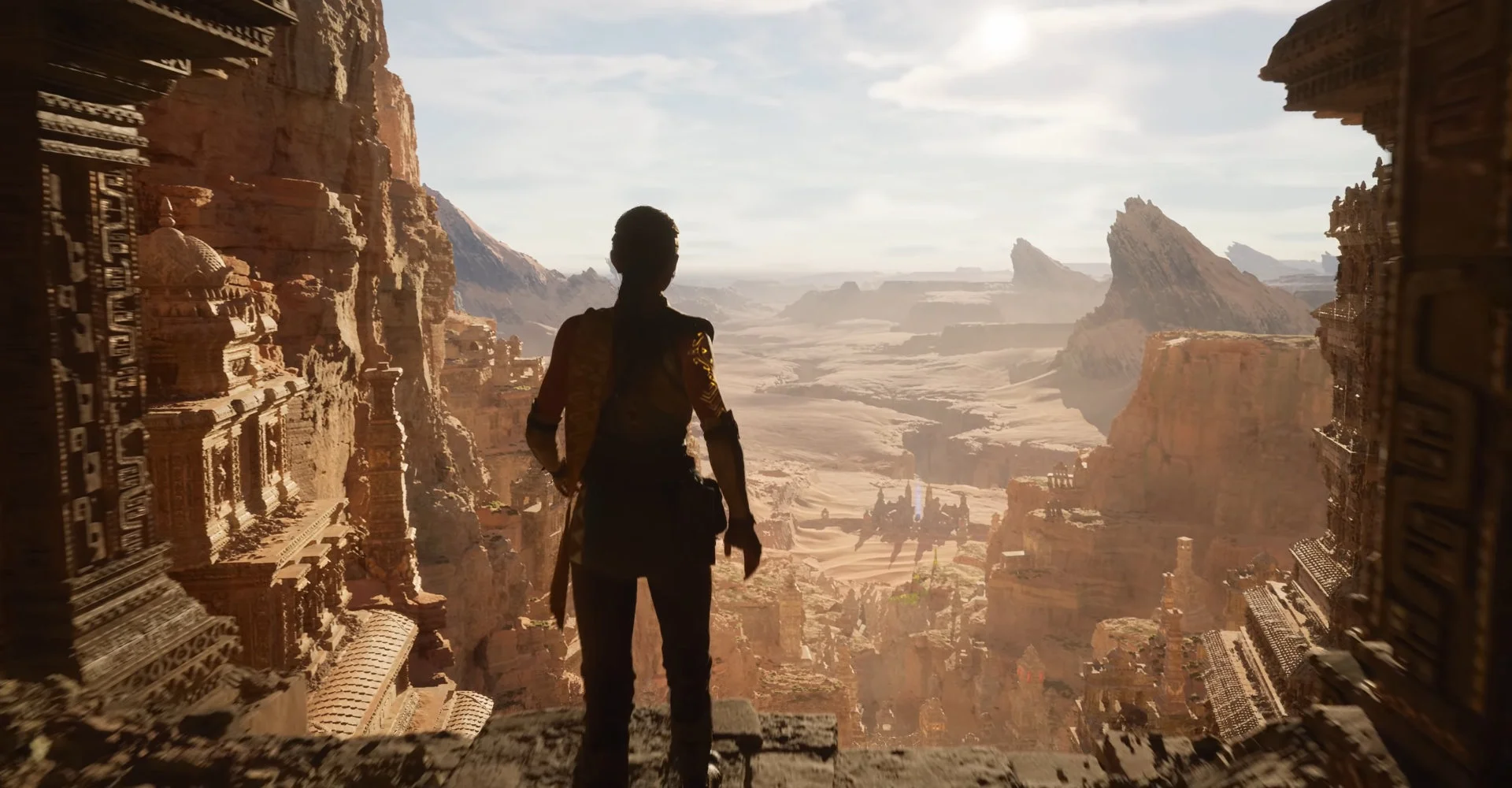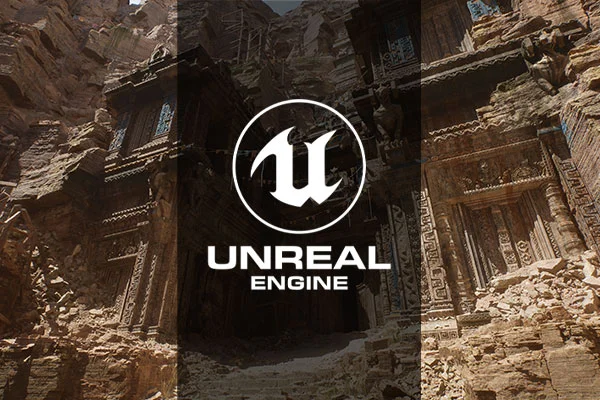The landscape of game development has been significantly influenced by the continual advancements in Unreal Engine technology and the inevitable comparisons between Unreal Engine 4 vs 5. In this exploration, we delve into the distinctions between Unreal Engine 4 and its successor, Unreal Engine 5. From automatic optimization to enhanced API and dynamic lighting, we will scrutinize the key features that set these engines apart. Additionally, we’ll explore the user experience, interface improvements, and modeling tools that contribute to the evolution of Unreal Engine. An intriguing question arises: Is it feasible to transition projects seamlessly from Unreal Engine 4 vs 5?
Join Polydin Studio in this comparative journey as we weigh the advancements, challenges, and possibilities presented by these two iterations of Unreal Engine, concluding with insights into their implications for the future of game development.
The Difference Between Unreal Engine 4 Vs 5


As the gaming industry evolves, so do the tools that bring virtual worlds to life. Unreal Engine, a powerhouse in game development, has undergone a significant transformation from Unreal Engine 4 vs 5. Unreal Engine 5 introduces groundbreaking features, from the highly anticipated Nanite virtualized geometry to the innovative Lumen global illumination system. Understanding these differences is pivotal for developers aiming to leverage the latest capabilities in their projects. In this section, we dissect the key differentiators between these two versions, unraveling the advancements that shape the future of game development.
Automatic Optimization
UE5 brings forth automatic optimization features that streamline the process of enhancing performance without manual intervention. From texture streaming to LOD generation, these advancements simplify optimization tasks and empower developers to create visually stunning games efficiently.
User Experience and Interface
The user experience and interface in UE5 have undergone improvements to enhance workflow and accessibility. Navigating the engine’s capabilities is more intuitive, contributing to a smoother and more efficient development process.
Enhanced API
Unreal Engine 5 introduces an enhanced API that offers developers more control and flexibility. This allows for a more customized and tailored approach to game development stages, addressing the specific needs of individual projects.
Modeling Tools
Modeling is a cornerstone of game development, and UE5 introduces tools that make this process more dynamic and artist-friendly. From the Chaos Physics and Chaos Destruction systems to the revamped content browser, developers have access to powerful tools for creating immersive worlds.
Dynamic Lighting
Dynamic lighting is a game-changer in UE5, thanks to the Lumen system. This dynamic global illumination technology adapts to changes in the environment, providing realistic and visually striking lighting effects that respond dynamically to the game world’s transformations.
Understanding these facets of Unreal Engine 4 vs 5 is essential for developers navigating the ever-evolving landscape of game development, ensuring they harness the full potential of these powerful tools.
Is It Possible to Move Projects That Were Developed with Unreal Engine 4 to Unreal Engine 5?
Migrating projects from Unreal Engine 4 (UE4) to Unreal Engine 5 (UE5) is a complex endeavor influenced by the differences in architecture and features between the two versions. While UE5 is designed to be as forward-compatible as possible, direct project migration may not always be seamless due to substantial changes in core systems.
The Unreal Engine team provides a process called “Project Conversion” to aid in transitioning projects from UE4 to UE5. This involves opening a UE4 project in UE5 and letting the engine handle the conversion. However, it’s crucial to note that not all projects will seamlessly transition, and manual adjustments may be required.
The compatibility largely depends on the complexity of the project, its reliance on specific UE4 features, and the utilization of custom code or plugins. Projects with simpler content and fewer customizations are more likely to migrate smoothly.
Developers contemplating this transition should carefully review the UE5 documentation, including migration guides and release notes. It’s advisable to create backups of the original project and perform thorough testing after conversion to identify and address any issues that may arise.
In conclusion, while UE5 aims for compatibility, successful migration depends on the intricacies of each project. Developers should approach the process with careful consideration, ensuring that their specific project requirements align with the capabilities and changes introduced in UE5.


Final Thoughts
In conclusion, the transition from Unreal Engine 4 vs 5 marks a significant leap in game development capabilities, with UE5 introducing innovative features and advancements. While the process of migrating projects from UE4 to UE5 is facilitated by tools like “Project Conversion,” developers need to be mindful of potential challenges and conduct thorough testing to ensure a smooth transition. UE5’s enhanced capabilities, such as automatic optimization, improved user experience, and dynamic lighting, open new possibilities for creating immersive and visually stunning gaming experiences. As the Unreal Engine ecosystem evolves, developers are encouraged to stay informed about updates, best practices, and community insights to leverage the full potential of Unreal Engine for their projects.


